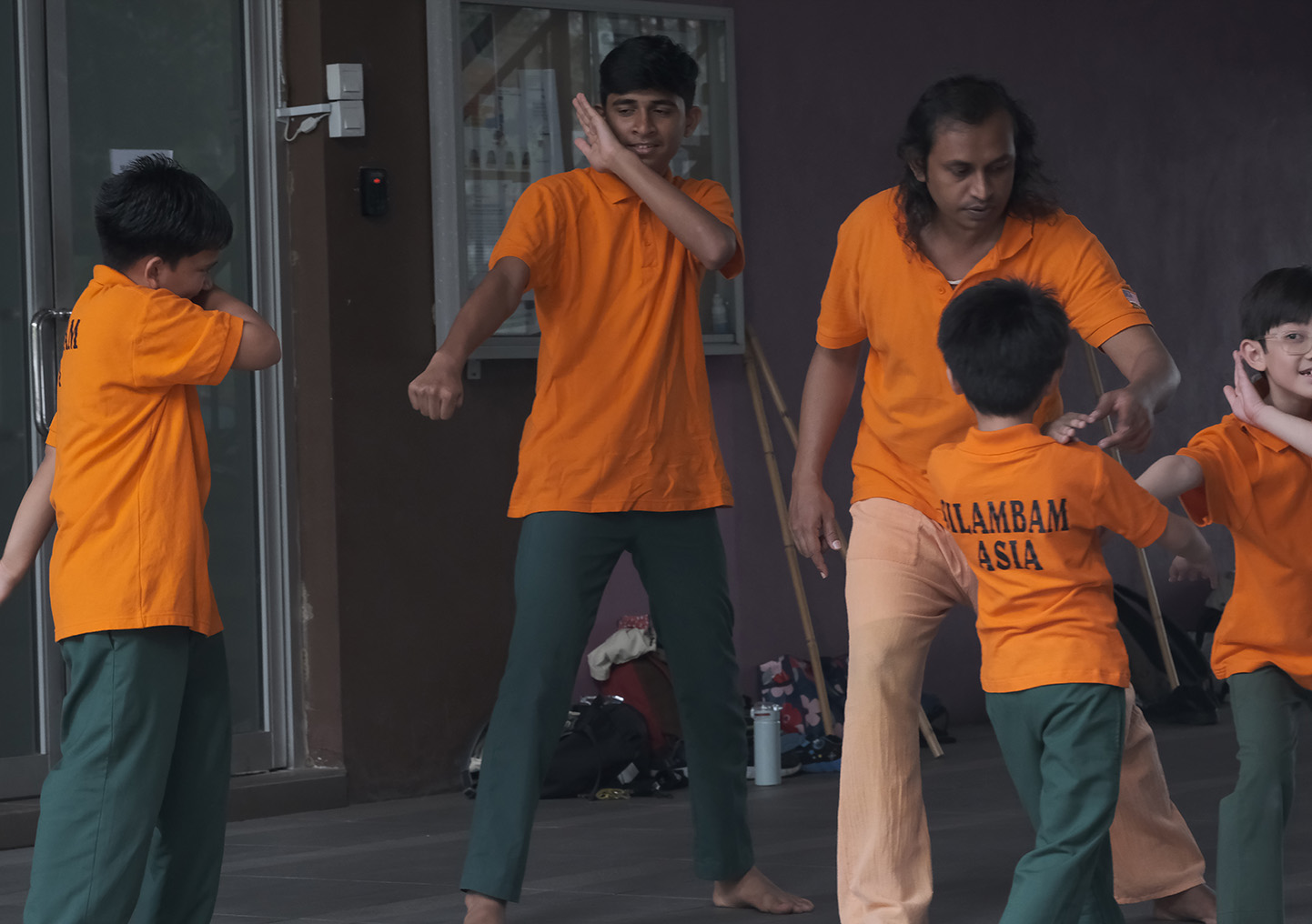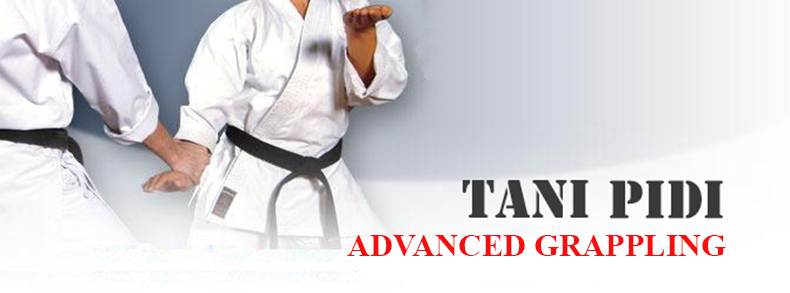
Silambam Mastery
Kuttu Varisai Tani Pidi
Kuttu Varisai Tani Pidi
Kuttu Varisai - Advanced Grappling ( Tani Pidi )

Grappling refers to techniques, maneuvers, and counters applied to an opponent in order to gain a physical advantage, such as improving relative position, escaping, submitting, or injury to the opponent. Grappling is a general term that covers techniques used in many disciplines and styles of Kuttu Varisai that are practiced both as a combat use, sports and for self defense. Most of the modern Grappling taught by other martial arts does not include striking or most commonly the use of weapons. However, in Silambam component of Kuttu Varisai martial arts will be taught with Grip techniques ( Pidi ) or known especially as grappling techniques teach tactics that include strikes ( Adi ) and weapons either alongside grappling or combined with it.
Types of Technique Grappling techniques can be broadly subdivided into Clinch fighting; Takedowns and Throws; Submission holds and Pinning or Controlling Techniques; and Sweeps, Reversals, Turnovers, and Escapes. ♦ Clinching, or clinch work : Takes place with both competitors on their feet using various clinch holds applied to the upper body of the opponent. Clinch work is generally used to set up or defend against throws or takedowns. ♦ Takedowns : A takedown is used by one grappler to manipulate his or her opponent from a position where both are initially standing, to a position on the ground. The grappler completing the takedown aims to end on top of the opponent in a position of relative control. ♦ Throws : A throw is a technique in which one grappler lifts or off-balances his or her opponent and maneuvers him or her forcefully through the air or to the ground. The purpose of throws varies among the different disciplines of grappling with some emphasizing throws with the potential to incapacitate the opponent, while leaving the thrower standing, or to gain a takedown or controlling position. ♦ Submission holds : There are generally two types of submission holds: those that would potentially strangle or suffocate an opponent ( chokes ), and those that would potentially cause injury to a joint or other body part (locks). In sport grappling, a competitor is expected to submit, either verbally or by tapping the opponent, to admit defeat when he is caught in a submission hold that he or she cannot escape. Competitors who refuse to "tap out" risk unconsciousness or serious injury. ♦ Securing or Controlling Techniques : A pin involves holding an opponent on his or her back in a position where he or she is unable to attack. In some styles of competitive grappling a pin is an instant victory, and in other styles it is considered a dominant position that is rewarded with points. Other controlling techniques are used to hold an opponent face down on the ground or on all fours in order to prevent an escape or attack. ♦ Escapes : In a general sense, an escape is accomplished by maneuvering out of danger or from an inferior position; for example when a grappler who is underneath side control moves to guard or gets back to a neutral standing position, or when a grappler is able to maneuver out of a submission attempt and back to a position where he or she is no longer in immediate danger of being submitted. ♦ Turnovers : used to maneuver an opponent who is on all fours or flat on their stomach to their back, in order to score points, prepare for a pin or in order to gain a more dominant position. ♦ Reversals or Sweeps : These occur when a grappler who was underneath his or her opponent on the ground is able to maneuver so that he or she gains a top position over his opponent.- Tani Pidi 1 ( Advanced Grappling )
- Tani Pidi 2 ( Advanced Grappling )
- Tani Pidi 3 ( Advanced Grappling )
- Tani Pidi 4 ( Advanced Grappling )
- Tani Pidi 5 ( Advanced Grappling )
Silambam Asia (SILA) is in official partnership with the United Nations Sustainable Development Goals (UN-SDGS) to preserve and safeguard the Indian traditional arts, sports, cultural, and educational content of Silambam at the international level.
Silambam Asia plays active roles as an international organization for governance and sustainable development in the Indian traditional arts and sports for education, health, fitness, culture, nature, climate change, recreation, and dissemination of all these related information. Thus, it is vital to provide expertise for members by providing training, research, revive, rejuvenate, retain, and restore.
The mission of Silambam Asia is to provide effective international governance by constantly improving technical rules and regulating Silambam competitions or participation in international events or sporting arenas to be recognized as an Olympic and Paralympic sport in the near future.
Silambam Asia - Introduction
Indian traditional arts and sports for education, health, fitness, culture, nature, climate change, recreation, and dissemination.
Video content with development work, achievements and silambam history.
We Support






